Plastic Egg Crate (Bundle of 36 Pieces)
₦19,000.00
15 people are viewing this product right now
🔥 7 items sold in last 3 hours
Plastic egg crates are lightweight, durable, and versatile inserts used for protecting, packaging, and organizing a variety of items. Their unique grid design provides excellent cushioning and separation, making them ideal for fragile products like eggs, fruits, and collectibles.
Functions of Plastic Egg Crates:
- Egg Packaging: The primary function of egg crates is to protect eggs during transport and storage. The grid design cradles each egg individually, preventing them from cracking or breaking.
- Fruit and Vegetable Packaging: Egg crates are ideal for packaging delicate fruits and vegetables, separating them and preventing bruising or spoilage.
- Collectible Protection: The compartments of egg crates provide secure storage and organization for fragile collectibles like figurines or model cars.
- Tool and Parts Organization: Egg crates can be used to organize and store tools, parts, and other small items in workshops or garages.
- Custom Packaging: Egg crates can be customized with branding or logos, creating a unique and professional presentation for your products.
Buy more save more!
Buy from 5 to ∞ items and get 5% OFF
on each productPlastic Egg Crate arrives in a heap of 36 pieces. It has a dimpled structure where each dimple obliges a singular egg and segregates that egg from eggs in adjoining dimples.
Plastic Egg Crate ensures eggs against stresses applied during transportation and capacity by retaining a lot of shocks and restricting the episodes of break to the delicate eggshells.
Plastic egg crates are a popular and cost-effective packaging solution used across various industries. They are manufactured from high-density polyethylene (HDPE) or polypropylene (PP), making them:
- Durable: Withstands drops, impacts, and crushing, protecting your products during transport and storage.
- Lightweight: Reduces shipping costs and minimizes the overall weight of your packaged goods.
- Reusable: These can be washed and reused multiple times, making them an eco-friendly alternative to traditional packaging materials.
- Customizable: Available in various sizes, shapes, and colors to suit your specific needs and branding.
Benefits of Plastic Egg Crates:
- Protection: The interlocking grid design provides superior cushioning and prevents items from shifting or colliding, minimizing damage during transport.
- Organization: Keeps items neatly separated and organized, improving inventory management and product visibility.
- Ventilation: The open grid design allows for air circulation, preventing moisture buildup and ensuring product freshness.
- Versatility: Suitable for packaging and protecting a wide range of items, from eggs and fruits to fragile electronics and collectibles.
- Cost-effective: Reusable, lightweight, and reduces shipping costs compared to heavier packaging materials.
- Eco-friendly: Can be recycled and reused, minimizing environmental impact.
Frequently Asked Questions (FAQs)
What is a plastic egg crate?
A plastic egg crate is a reusable container typically made from HDPE (High-Density Polyethylene) or PP (Polypropylene) plastic. It features a dimpled design with individual compartments, each perfectly sized to hold a single egg securely and separate it from its neighbors.
What are the benefits of using plastic egg crates?
- Protection: The dimpled design and interlocking grid system cushion eggs during transport and storage, absorbing impact and minimizing breakage.
- Organization: Each egg has its own designated space, keeping them organized and preventing them from rolling around or bumping into each other.
- Ventilation: The open grid structure allows for air circulation, which helps prevent moisture build-up and keeps eggs fresh.
- Versatility: While designed for eggs, plastic crates can be used to store and transport various fragile items like fruits, vegetables, or even small electronics.
- Durability: Plastic egg crates are built to withstand drops, bumps, and crushing, offering long-lasting protection for your products.
- Lightweight: Compared to heavier packaging materials, plastic crates contribute to reduced shipping costs.
- Reusable: Unlike disposable packaging, plastic crates can be washed and reused multiple times, making them a more eco-friendly option.
- Cost-effective: The combination of reusability, lightweight design, and damage protection makes plastic crates a cost-effective packaging solution.
- Eco-friendly: When used and disposed of responsibly, or even better, recycled, plastic crates contribute less waste compared to some other packaging materials.
How many eggs does a plastic egg crate typically hold?
The information provided mentions a “heap” of 36 pieces, but crates can come in various sizes. The most common size holds 12 or 30 eggs.
What other items can be stored in a plastic egg crate?
Due to their versatility, plastic egg crates can be used to store and transport various fragile items. Some examples include:
- Fruits like berries or cherry tomatoes
- Small vegetables
- Delicate baked goods like cupcakes or muffins
- Collectibles or small figurines
- Art supplies like paints or small brushes
Only logged in customers who have purchased this product may leave a review.
Related products
₦9,000.00


₦46,800.00


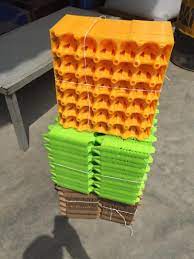
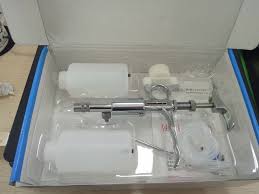

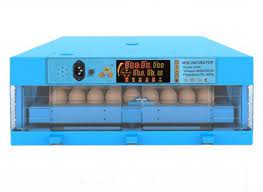
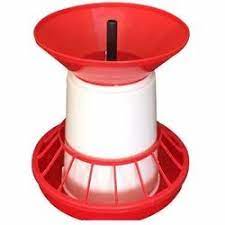
![3 Tier Battery Cage with Aluminium Feeder [90/96 Birds]](https://farmpays.com/wp-content/uploads/2021/02/layers-battery-cage-system-of-chicken-farming-450x363.jpg)
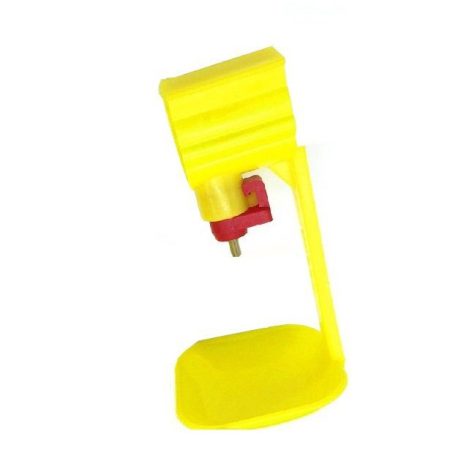
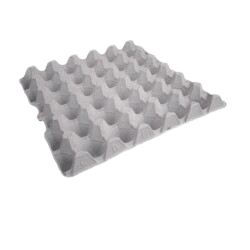
Reviews
There are no reviews yet.